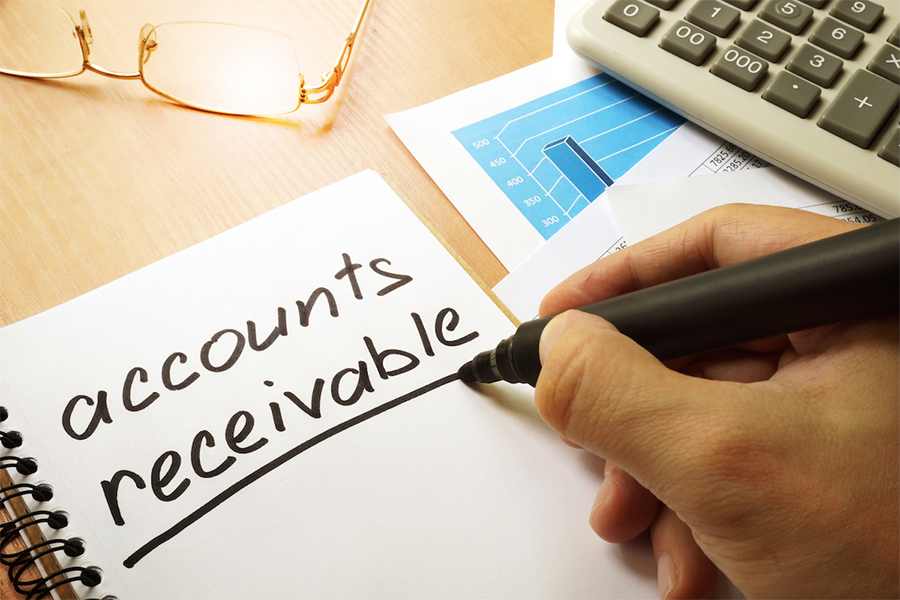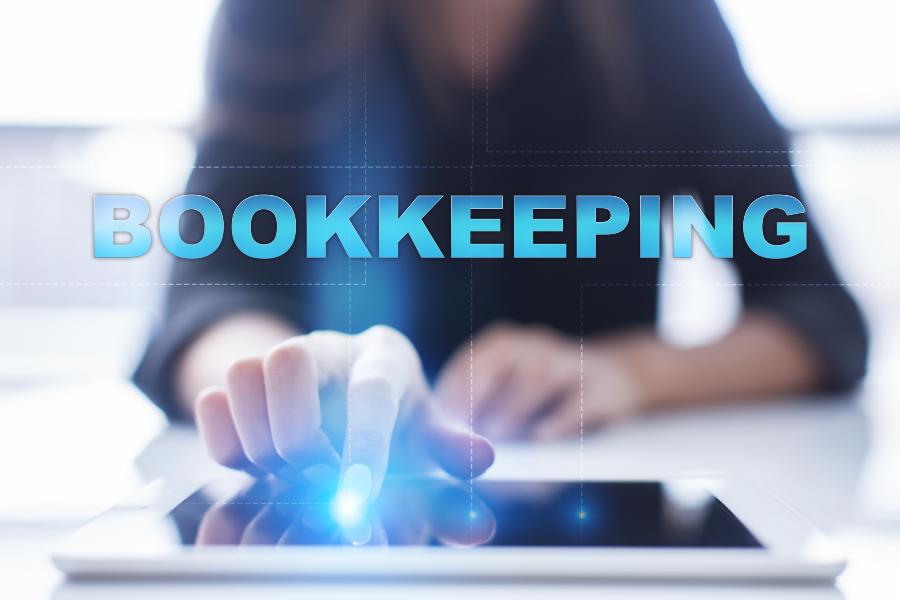Bad debts are uncollectible customer invoices that have already been recorded as revenue. The correct bad debt expense journal entry depends on which method you’re using.
- Direct method: The journal entry debits bad debt expense and credits accounts receivable (A/R).
- Allowance method: The journal entry debits bad debt expense and credits allowance for bad debts.
For US tax purposes, only the direct write-off method of bad debt accounting is allowed. Contrary to income tax reporting, US GAAP Generally Accepted Accounting Principles requires businesses to use the allowance method and record estimated bad debts as income is recorded from issuing invoices. Under the allowance method, companies may choose any of the three estimation methods: percentage of sales, percentage of ending receivables, and aging of receivables (or only aging).
Key Takeaways
- The IRS only allows the direct write-off method for bad debt deductions. Estimations aren’t allowed for tax purposes.
- Cash-basis taxpayers cannot have bad debt expense since they don’t recognize income until the cash is received.
- The percentage of sales method is the easiest bad debt estimation method, while the aging method is the most sophisticated method.
- The “allowance for bad debts” account is a contra asset account that offsets accounts receivable on the balance sheet.
Summer Savings: Get 70% off QuickBooks for 3 months. Ends July 31th. |
|
How To Record Bad Debt Expense: Journal Entries
Writing off is the process of removing worthless accounts receivables—or outstanding invoices—in the books. US taxpayers must use the direct write-off method where receivables are removed from the book after they become uncollectible. However, for GAAP, companies must use the allowance method, which estimates the receivables that will eventually become uncollectible.
Direct Write-off Method
Once you’re sure the amount due cannot be collected, you have to write it off the books. The amount written off should be the whole uncollectible amount.
For example, Customer A’s invoice for $500 has been overdue for 120 days. After a series of collection attempts, the company determines that Customer A’s receivable is worthless. The journal entry to write off Customer A’s account is:
DEBIT | CREDIT | |
Bad debts expense | $500 | |
Accounts receivable - Customer A | $500 |
Allowance Method
Under the allowance method, write-offs are based on estimates—unless there’s conclusive evidence that certain customer accounts are uncollectible. This method uses estimations since the company is still unsure which customer accounts will be worthless. Companies that follow GAAP should use bad debt allowances to recognize bad debts.
All bad debt estimates are recorded in the allowance for doubtful accounts (ADA). It is a contra asset account, which means it is shown as a reduction to A/R on the balance sheet. It reduces A/R to net realizable value or the amount that the company can reasonably expect to collect from customers.
With the allowance method, the company must recognize what they estimate their bad debt expense will be for the entire period. If a company estimates its bad debt expense will be $800, the journal entry to recognize bad debt estimates using the allowance method is:
DEBIT | CREDIT | |
Bad debts expense | $800 | |
Allowance for doubtful accounts | $800 |
Suppose that after several collection attempts, a customer absconds without paying their dues. The journal entry to write off the customer’s account is:
DEBIT | CREDIT | |
Allowance for doubtful accounts | $500 | |
Accounts receivables | $500 |
Interchangeable terms:
- Bad debts expense can also be called doubtful accounts expense or uncollectible accounts expense.
- Allowance for doubtful accounts can also be called allowance for bad debts or allowance for uncollectible accounts.
Methods of Estimating Bad Debts Under the Allowance Method
The allowance method of recording bad debts requires an estimate of the portion of current accounts receivable that will eventually be uncollectible. There are three common methods of estimating bad debts under the allowance method.
Bad debts expense is based on a percentage of current period credit sales. It can be computed by multiplying the estimated uncollectibility rate by credit sales.
For example, say that credit sales for the year are $20,000. If the company estimates that 2% of credit sales will be uncollectible, the current period bad debts expense is $400.
This method is also called the income statement approach because bad debts are based on income statement sales. Note that the figure used should be credit sales, not total sales. Credit sales are where payment is received after an invoice has been issued. Accepting a credit card payment is as good as cash and is excluded from determining credit sales.
Bad debts expense is based on a percentage of ending receivables. The percentage of receivables method is otherwise known as the balance sheet approach. Before computing the bad debts estimate, you must first determine the balance of A/R at the end of the period (prior to bad debt adjustments) and then multiply it by the estimated uncollectibility rate.
For example, assume that the ending A/R balance is $12,000 and the uncollectibility rate is 20%. Under this method, the required balance of the ADA should be $2,400 ($12,000 × 20%). To illustrate, let’s assume that the beginning balance of ADA is $1,900.
Allowance for doubtful accounts, beginning | $1,900 ↓ |
Adjustment - bad debts expense (balancing figure) | $ 500* |
Allowance for doubtful accounts, ending (required balance) | $2,400 ↑ |
*Computation: $2,400 – $1,900 = $500 |
The journal entry to increase the ending ADA balance to $2,400 is:
DEBIT | CREDIT | |
Bad debts expense | $500 | |
Allowance for doubtful accounts | $500 |
The last method of bad debts estimation is the aging of receivables method. This is by far the most sophisticated because it doesn’t rely on a single uncollectibility rate—unlike the two others. Under this method, you have to generate an A/R aging report and assign the uncollectibility rate per aging group based on experience.
This method provides a more accurate estimate of bad debts and gives a more systematic approach. Below is a sample matrix of uncollectibility rates per aging group.
Aging Group | Uncollectibilty Rate |
|---|---|
0 to 30 Days | 0% |
31 to 40 Days | 5% |
41 to 60 Days | 10% |
61 to 80 Days | 20% |
81 to 90 Days | 30% |
91 to 110 Days | 40% |
110 to 120 Days | 50% |
Over 120 Days | 80% |
The uncollectibility rates above must be based on experiences with customers—it should not be arbitrary. As the receivable remains outstanding for a longer time, the uncollectibility rate increases because it becomes more evident that the customer cannot pay.
To determine the estimate of uncollectible accounts, multiply the outstanding balances per age group by the uncollectibility rate and then sum up all estimated uncollectibles per age group. For example, let’s look at the table below.
Age Group | Outstanding Balance (A) | Uncollectibility Rate (B) | Estimated Bad Debt (A × B) |
30 to 50 days | $25,000 | 5% | $1,250 |
51 to 70 days | $11,000 | 20% | $2,200 |
71 to 90 days | $4,000 | 60% | $2,400 |
90 days and above | $2,000 | 100% | $2,000 |
Totals | $42,000 | $7,850 |
Under the aging method, the allowance for doubtful accounts balance is $7,850. This amount is the sum of all bad debt estimates per age group. What makes the aging method accurate is that it estimates bad debt depending on how long it’s outstanding. Therefore, it is a more systematic way of estimation.
Allowance Method Example & Journal Entry
Let’s look at a sample where the company uses the percentage of receivables method in determining bad debts. Based on the ending A/R balance and the uncollectibility rate, the company estimates that $1,000 of the currently outstanding customer debt will eventually become uncollectible. This means that the ADA required balance should be $1,000 at the end of the period.
However, since the allowance is a balance sheet account, it likely already has a balance left over from last year’s estimate. The bad debt journal entry for the year isn’t $1,000, but rather whatever amount is necessary to adjust the allowance for bad debt balance to the required balance of $1,000. Assuming the company has a $200 balance in ADA, the required bad debt adjustment is $800.
The journal entry to adjust the allowance account is:
DEBIT | CREDIT | |
Bad debts expense | $800 | |
Allowance for bad debts | $800 |
To further illustrate, say that after several collection attempts, the company determined that Customer A’s outstanding balance of $500 is worthless and needs to be written off. The journal entry to write off bad debts under the allowance method is:
DEBIT | CREDIT | |
Allowance for bad debts | $500 | |
Accounts receivable - Customer A | $500 |
Instead of using the bad debts expense account, we debited the allowance account instead.
Bad Debts Expense vs Bad Debts Allowance
Bad debt expense is an income statement account, while bad debt allowance is a balance sheet account. Exactly how to interpret these accounts depends on whether you use the direct write-off or allowance method of accounting for bad debt:
- Direct write-off method:
- Bad debt expense is the amount of invoices that have been deemed uncollectible in the current period.
- There will be no bad debt allowance account in the balance sheet since all uncollectible accounts are charged directly to expense when they become uncollectible.
- Allowance method:
- Bad debt expense represents the amount of current period sales that you estimate will eventually become uncollectible.
- The bad debt allowance account offsets accounts receivables on the balance sheet to reduce them to their net realizable value, or the amount you estimate will be collectible.
Frequently Asked Questions (FAQs)
No, recognizing bad debts is not required—unless you are required to follow GAAP. However, businesses with significant A/R should recognize bad debts for financial reporting purposes to avoid overstating your revenue and A/R. Otherwise, you may opt to write off bad debts individually as they become worthless.
Bad debts are considered an expense since they occur in the normal course of business. By definition, losses are deductions arising from events that are not normally occurring, such as loss due to fire or inventory theft.
Bottom Line
A bad debt journal entry is part of the necessary adjusting entries in accounting. The US GAAP requires businesses to recognize bad debt expense in the same period as the revenue that generated it.
Recognizing bad debts promotes conservatism in the financial statements because it reports A/R at its net realizable value. Meanwhile, the IRS only allows bad debt deductions under the direct write-off method once it is certain that a particular debt will not be collected.


